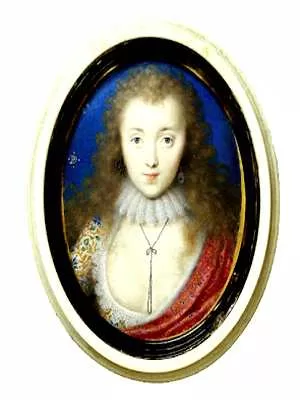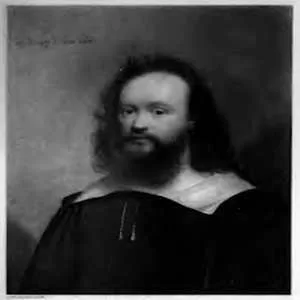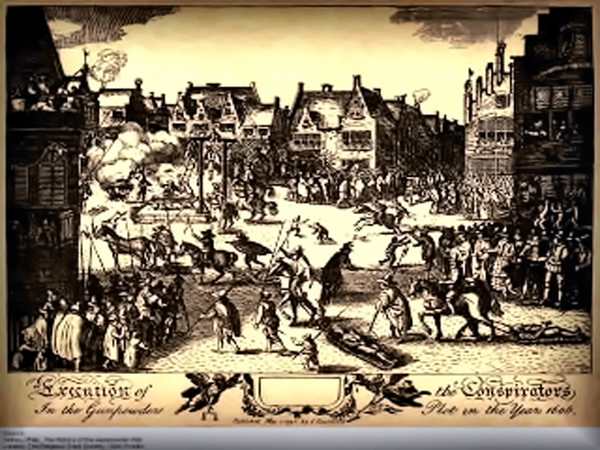Unraveling the Web: A Trail of Treacle, Treason, and Tragedy
What do treacle, holy wells, the Gunpowder Plot, execution by hanging, drawing, and quartering, Stonyhurst, Robert François Damiens, Kenelm Digby, Venice Treacle, and Viper Wine have in common? This seemingly unrelated collection of items and people actually reveals a fascinating and tangled web of history, intrigue, and mysticism. Let’s uncover the links between these elements, and discover the surprising connections that bind them.
Holy Wells and Catholic Pilgrimages: A Dangerous Mix

Treacle Wells are often associated with healing, and one of the most famous is the holy well of St. Winefride in Holywell, North Wales. In 1601, Father Edward Oldcorne, suffering from cancer, sought a cure at this sacred site. Four years later, he returned to give thanks, accompanied by around thirty Catholic pilgrims, including Sir Everard Digby, a key figure in the infamous Gunpowder Plot.
When the plot to blow up the Houses of Parliament in 1605 was discovered, authorities suspected that the pilgrimage to St. Winefride’s well had been a cover for secret meetings among the conspirators. Although no solid evidence linked Oldcorne directly to the plot, he was arrested and subjected to brutal torture. Despite a lack of proof, he was convicted and sentenced to death. On April 7, 1606, Oldcorne was hanged, drawn, and quartered — a gruesome fate that included disembowelment and decapitation. His final words were a prayer to St. Winefride, and legend has it that one of his eyes was dislodged during the execution, later preserved as a relic at Stonyhurst College.
The Fate of Sir Everard Digby: A Traitor’s End
Sir Everard Digby, also implicated in the Gunpowder Plot, was the only conspirator to plead guilty to high treason. On January 30, 1606, he and three others were dragged through the filthy, wintry streets of London to the scaffold at St. Paul’s Cathedral. Digby was the first to face execution. After a brief speech admitting that his actions might have been sinful but that his intentions were pure, he was hanged until nearly dead, then cut down, disemboweled, and quartered. According to legend, when the executioner held up his heart and proclaimed, “Here is the heart of a traitor,” Digby’s severed head responded, “Thou liest,” echoing a common tale of defiance among those facing the ultimate punishment.
This grisly scene bears a striking resemblance to the fate of Robert François Damiens, the Frenchman who attempted to assassinate King Louis XV in 1757. Damiens was also subjected to horrific execution methods, reflecting the era’s brutal justice for perceived enemies of the state.
Kenelm Digby: The Son Who Defied His Legacy
Sir Everard Digby’s death left behind two young sons, one of whom, Kenelm Digby, would grow to be a complex figure in his own right. Kenelm, born in 1603, was sent to Oxford, where he pursued a life that diverged sharply from his father’s. He converted from Catholicism to Anglicanism, married the famed beauty Venetia Stanley, and became a courtier under King Charles I. By the mid-1620s, he was also a privateer, capturing Spanish, Dutch, and Flemish ships in the name of England, gaining fame for his dashing looks and daring exploits.

However, Kenelm’s life took a dark turn with the sudden death of his wife, Venetia, in 1633. Rumors circulated that Digby, jealous and suspicious of his wife’s alleged infidelities, had poisoned her with “viper wine,” a concoction also used in Venice Treacle — a blend believed to be a cure-all in medieval and early modern medicine. To dispel the suspicions, an autopsy was performed, a rare occurrence for the time, which noted that Venetia had an unusually small brain, possibly due to a cerebral hemorrhage. Though no foul play was proven, Digby’s grief led him to abandon his courtly life. He grew his hair and beard, dressed only in black, and withdrew from society to study alchemy and philosophy.
From Treacle to Treason: The Strange Links Explored
These disparate threads—treacle, the Gunpowder Plot, and viper wine—intersect in the lives of Digby and his contemporaries. Treacle, originally a medicinal compound derived from snake venom and known as Venice Treacle, was believed to cure many ailments. The Digbys’ connection to treacle and viper wine reflects their entanglement with the medicinal practices of their time, blending mysticism with emerging science.
The tragic ends of Edward Oldcorne and Everard Digby reveal the harsh measures used against perceived threats to the state and the fervent Catholic resistance during England’s Reformation. Kenelm Digby’s later life, filled with intellectual pursuits and scientific curiosities, shows a man striving to transcend the dark legacy of his father and the brutal history that shaped his early years.
A Mystery and History
What ties together treacle, holy wells, executions, and infamous plots is a shared history of conflict, belief, and the human quest for healing—both physical and spiritual. The lives of these figures intersect in surprising ways, weaving a rich tapestry that highlights the complexities and contradictions of their time.

